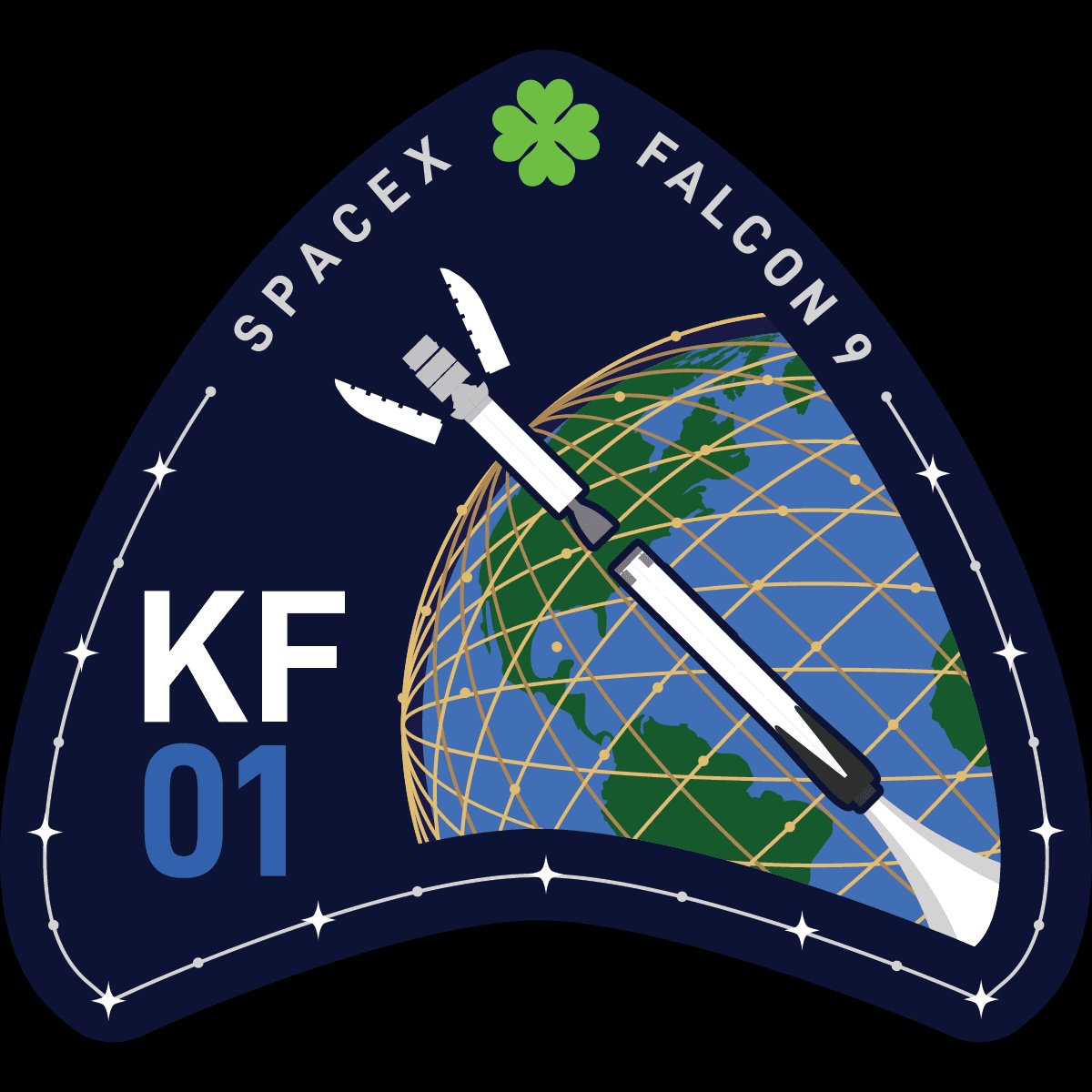
SpaceX's patch for the KF-01 mission illustrates a Falcon 9 rocket with a batch of Kuiper broadband satellites inside its payload fairing.
Credit: SpaceX Vulcan, Ariane 6, and New Glenn have all now launched successfully, but none of them have yet demonstrated the ability to launch more than twice a year.
Vulcan and Ariane 6 appear to be on track to fly multiple times before the end of 2025, while Blue Origin's ability to quickly ramp up New Glenn's launch cadence is more questionable.Amazon's only path to space for Kuiper satellites until the fall will be SpaceX's Falcon 9.A Federal Communications Commission deadline requires Amazon to launch half of its constellation by next July.
The company will likely have to ask the FCC to extend the deadline due to Kuiper delays.
For a long time, issues starting up Amazon's Kuiper satellite production line were responsible for the delays.
Now, it's a lack of available rockets, so SpaceX is stepping in.The Kuiper satellite factory in Kirkland, Washington, is churning out several satellites per week and shipping them to Cape Canaveral for launch preparations.
At this rate, another batch of Kuiper spacecraft should be ready to fly within a few weeks.
Amazon eventually wants to increase its factory throughput to five satellites per day.Amazon's Kuiper production plant is already the second-busiest satellite factory in the Western world, ranking behind only SpaceX's Starlink factory a few miles away in another Seattle-area suburb.For point of comparison, SpaceX launched a set of 26 Starlink satellites on a Falcon 9 rocket from California just four hours prior to Wednesday morning's Kuiper launch from Florida.
These additions to the Starlink network bring SpaceX's megaconstellation to nearly 8,000 satellites in orbit.
SpaceX has now launched more than 9,100 Starlink satellites to date, including spacecraft that have left the constellation for disposal in Earth's atmosphere.

 17
17







